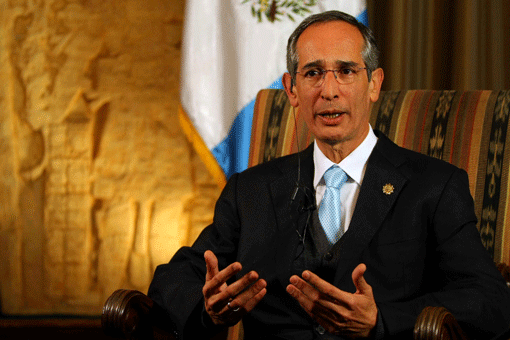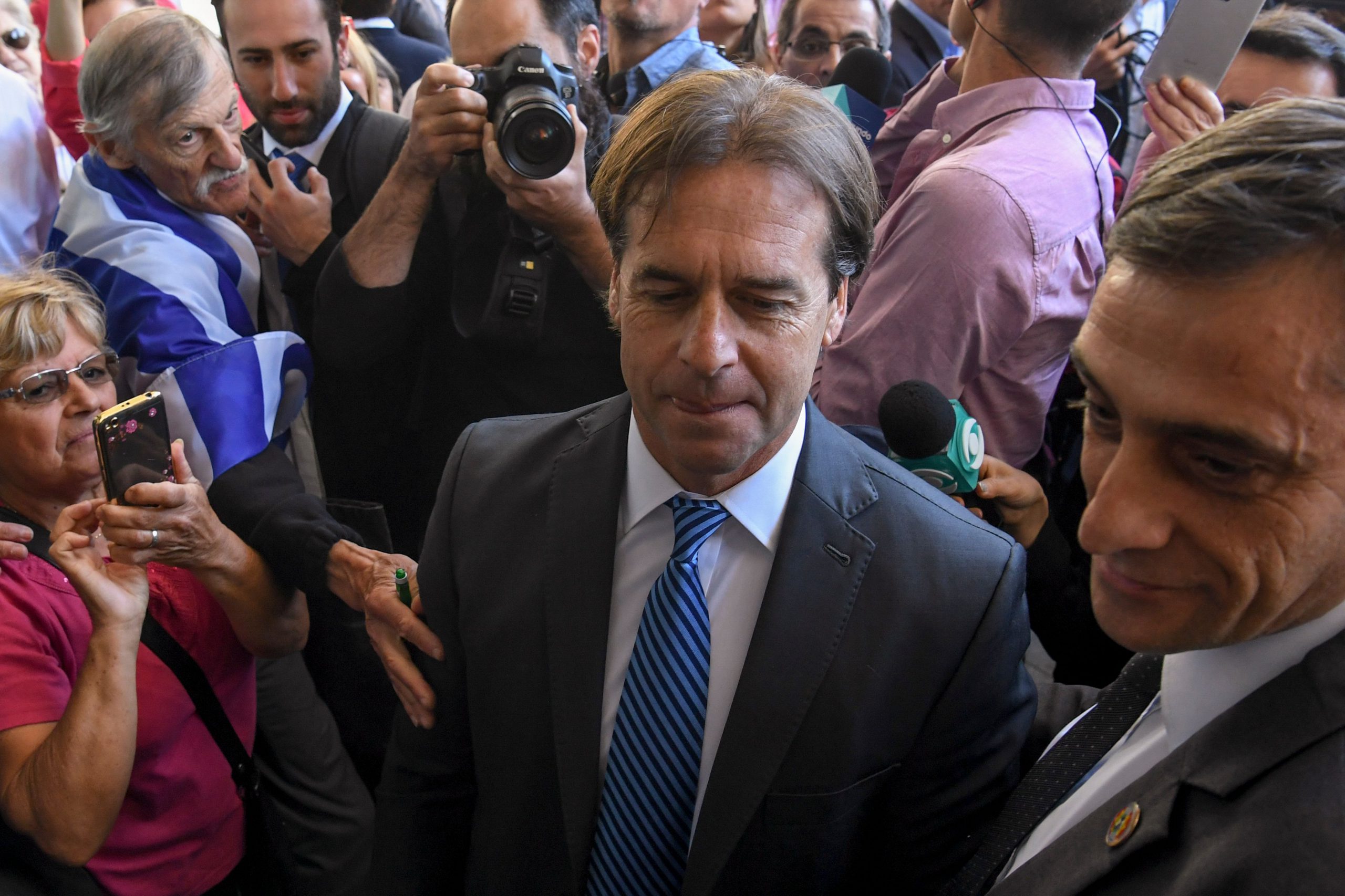Reading Time: 3 minutesIn a country where you can literally get away with murder, Guatemalans were shocked to hear that the murderer of attorney Rodrigo Rosenberg, whose infamous video accused President Alvaro Colom of assassinating him, was Rosenberg himself who plotted his own death in a tangled web of intrigue. The intellectual authors of the murder were his ex-wife’s cousins, pharmaceutical company owners Jose Ramon Francisco and Jose Estuardo Valdez Paiz, who where identified by 11 suspects arrested in September 2009, and who had been asked by Rosenberg to help him find a hitman to deal with an extortionist. But it was his own death that Rosenberg had plotted and the Valdez Paiz brothers are still on the run.
“We cannot talk about Rosenberg’s death as a suicide. It is about a person who is in charge of his own murder, but the people who execute it don’t know it is Rosenberg planning it,” said Carlos Castresana, Director of the International Commission against Impunity, a Spanish jurist in charge of the investigation of the Rosenberg murder. On January 12, the investigation results were broadcast live online on Justin.Tv—a fitting medium since Rosenberg was last seen looking into the camera during a YouTube video on May 11, 2009, saying: “Good afternoon, my name is Rodrigo Rosenberg Marzano and, sadly, if you are watching and hearing this video it’s because I have been assassinated by Mr. President Alvaro Colom with the help of Gustavo Alejos and Gregorio Valdez.”
It was the video that launched thousands of young protesters to the streets asking for President Colom and his administration’s resignation. For a tense two weeks, Guatemala‘s executive was in political limbo, with the president’s authority and credibility at stake.
As the public debate over the Rosenberg video heated up, Colom called for help from the UN and the U.S. Federal Bureau of Investigaion. This was necessary in a country where corruption and an inefficient judicial system result in staggering violence statistics each year. In 2009 alone, 6,451 people were violently murdered, and of that, there were only 230 convictions and a 96.9 percent impunity rate. (More on the corruption that Rosenberg addresses in his video can be found in the PDF of the UN presentation.)
The investigation consisted of 300 functionaries from 11 countries including Canada, Chile, Colombia, Costa Rica, France, Guatemala, Spain, United States, France, Italy, and Sweden. The team analyzed both the crime scene and the environment of the victim—reviewing more than 100,000 phone calls, 5,000 some documents and databases, conducting interviews—and, most importantly, through the use of private surveillance video footage were able to identify the black van out of which emerged the man who shot Rosenberg five times in the head. The identification of the van led to the assailant, to his cellphone records, to the other assailants involved, and finally, to the Valdez Paiz brothers.
But the central question still looms: why did Rodrigo Rosenberg decide to end his life, and try to take down the president, the first lady, private secretaries of the presidency, and others? Castresana admittedly prefaces his theories by saying while they don’t have all the answers, they do have tested hypotheses and objective testimony by people claiming that Rosenberg was severely disturbed by the murders of Khalil Musa and Marjory Musa—a married woman who Rodrigo was having an affair with, both of whom he advised on Banrual banking matters and, therefore, blamed himself for their murders. He was frustrated by the lack of results from that police investigation, was distraught over his mother’s death and had financial problems.
But there are still doubts in many Guatemalans’ minds about some of the accusations in the Rosenberg video, leading to questions of a larger conspiracy. Some of Luis Figueroa‘s include what is the “dirty business” that Rosenberg speaks about in his posthumous video? What bank is involved? Why were Khalil and Marjorie Musa murdered?
“The evidence shows that Rosenberg acted alone. He assumed all the responsibility, paid with his blood and he never told anyone, nor was there any conspiracy with his complaint. He was honorable and was convinced about what he said…Desperate because of the murder of Khalil but, especially, about Marjorie he decides to sacrifice his life in order to see change happen in his country,” said Castresana during the press conference.
He chose to stage his death, and received broad attention through a video that has received 256,259 views. Castresana’s results reveal that Rosenberg had originally written a letter detailing his complaints and denouncing the president and the Guatemalan government. But upon being advised by close associates to make a video recording, he went to journalist Mario David Garcia to make the recording and three copies of it, and on May 9 gives the CDs to his associate for distribution.
The murder investigation is now over. But his deliberate and successful last gamble to make a change in the country leaves only more questions and an obfuscated view of the reality he inhabited and the truth behind it.
ABOUT THE AUTHOR
Kara Andrade
Reading Time: 3 minutesKara Andrade is an Ashoka fellow working in Central America. She is co-founder of HablaCentro LLC and NFP which develops curriculum to help people in Latin America become more digitally literate and civically engaged; conducts trainings in the use of digital tools to create more informed citizens; and connects collaborators to opportunities for economic sustainability. She has worked as a multimedia producer and photojournalist for various publications, including The New York Times and Christian Science Monitor.
Like what you've read?
Subscribe to AQ for more.
Any opinions expressed in this piece do not necessarily reflect those of Americas Quarterly or its publishers.







